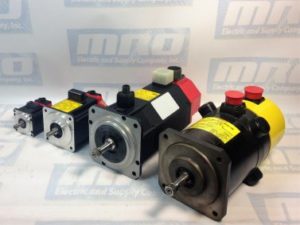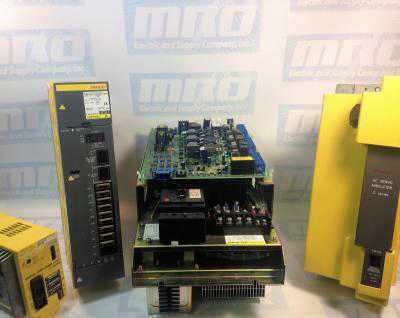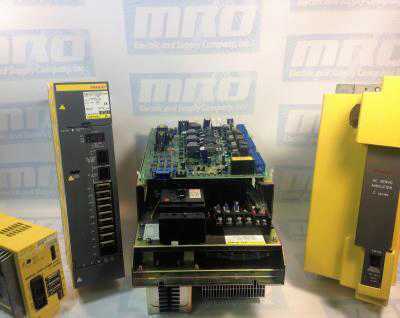Boosting Factory Automation Productivity
In the factory automation space, productivity is much more than an imperative management concept; it is a scalable tool that drives employees and processes to be functioning at their best. In order to keep employees on track and enable goals to be met in the workplace, fine-tuning processes and running a ‘tight ship’ as far as time management is concerned is considered best practice.
As far as work is concerned, understanding where to start is the first, and often, most difficult step. Understand what may set your company back, whether it be a worn down motor (such as a FANUC CNC Motor) not performing up-to-par, or a poorly-maintained Servo Amp (such as a FANUC CNC Servo Amp). Missing expectations due to a faulty machine is avoidable, as seen in this article focusing on Maintaining Automation Machine Tools.
To ensure your teams’ insights aren’t hindered, consider documenting priority-oriented processes such as customer service, client retention, and cutting operation costs, that way, more focus can be put toward improving workflow, coaching employees and pinpointing other areas that could be improved on. Take industry benchmarks into consideration; they can be used as a point of reference to determine if an area can be improved in, or if it’s already up-to-par. Along with documenting the aforementioned processes, keeping track of progress and growth can also aid in fine-tuning.
In order to remain on the same page with employees, ask for their buy-in and try to understand where they’re coming from. They may help shed light on problematic areas such as why certain departments aren’t working as closely together as they could be, or if downtime could be minimized by having two departments working together more effectively. By making employees feel valued and trusted, a company is less likely to run into honesty issues, communication issues and/or issues with collaboration. The foundation for productive operations starts with an honest, well-communicating team. Teams need to have an in-depth understanding of where they’re expected to add value and, of course, what the company is working toward as a whole. Eliminating clutter in order to have a well-focused and productive team is an achievement that most of those in the factory machine automation space don’t lose sight of. MRO Electric and Supply has new and refurbished FANUC CNC parts available. We also offer repair pricing. For more information, please call 800-691-8511 or email sales@mroelectric.com.
These days, there are shortcuts and tools for essentially any and every niche. Many of those in the machine and factory automation space are focusing on robotics (see FANUC Robotics parts) to explore ways to automate processes in hope of enhancing productivity. Be sure to stay ‘in the loop’ when it comes to tools that could enhance one’s productivity through collaboration, etc.



